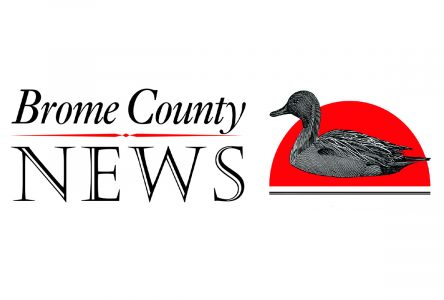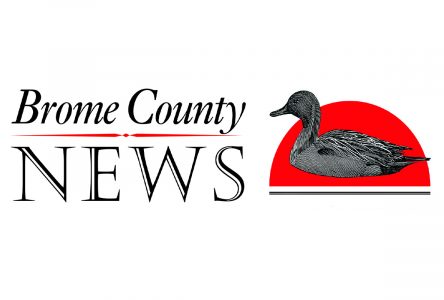The Town of Waterloo received its fourth “Fleuron” at the 16th Fleurons du Québec gala evening in Saint-Hyacinthe last month. The town’s project to create ‘smart gardens’ also won the Reconnaissance en verdissement award – in the 5,000 inhabitants and under category.
Created in 2006, the Fleurons du Québec recognizes the sustainable horticultural beautification efforts of Quebec’s municipalities. The horticultural classification of the fleurons, similar to the stars for hotels (1 to 5 fleurons), is valid for three years and can be displayed at municipal entrances.
According to the certification board, the municipality stood out in terms of its community initiatives and sustainable development. Its efforts in the development of the Denise-Lauzière Park, the continued presence of mature trees, islands and green spaces, as well as the many flower beds and distinctive arrangements that adorn the city, skillfully enhanced by La Paysanne ND, the landscape design team that the municipality has been working with for almost 10 years, were highlighted.
“Each year we receive many positive comments on our landscaping from citizens and visitors alike. We are very pleased to receive this four Fleuron recognition, which confirms that our efforts in beautifying our city are bearing fruit,” stated mayor Jean-Marie Lachapelle in a press release.
The Reconnaissance en verdissement award – Category 5,000 inhabitants, highlights innovative projects in greening of unused surfaces, revitalization of sites through vegetation, sustainable development and community initiatives aimed at greening, ecological design or preservation of natural green spaces.
Waterloo’s smart gardens are meant to support the health of Waterloo Lake and to help contribute to the water table, an initiative carried out in collaboration with Action Lac Waterloo and OBV Yamaska.
Smart gardens are actually bio-retention areas aimed at reducing urban runoff and treating stormwater, which contributes to half of the external phosphorus inputs to the Waterloo Lake watershed.

